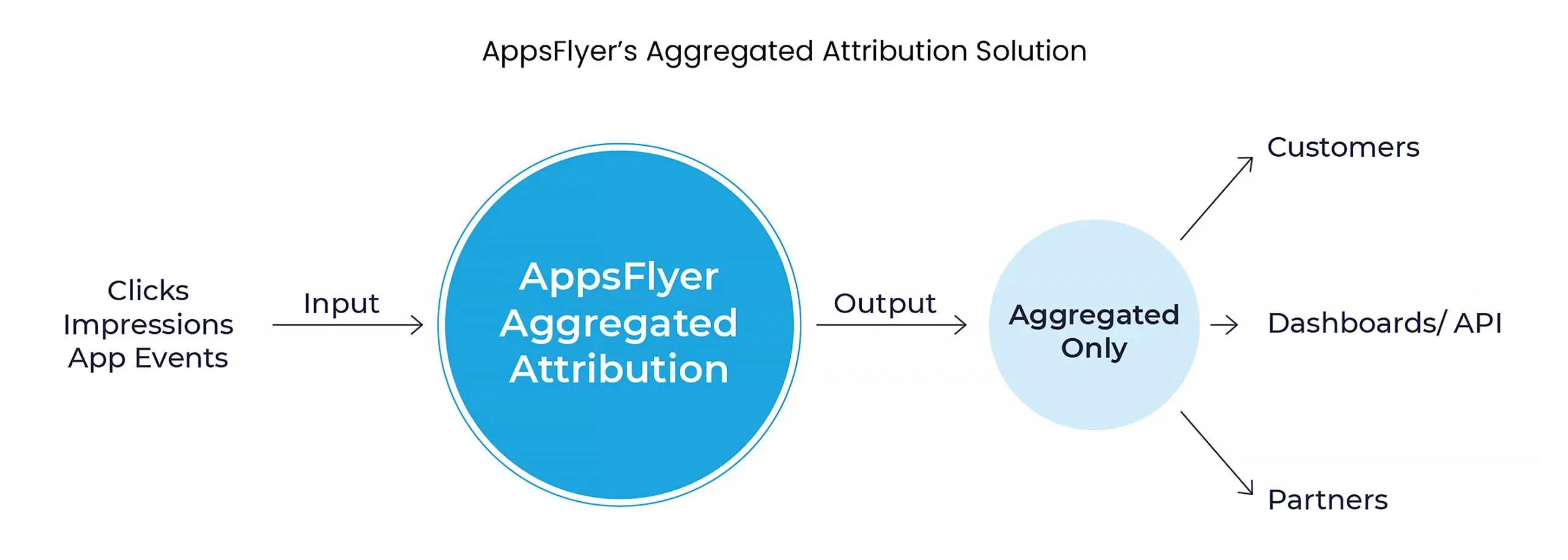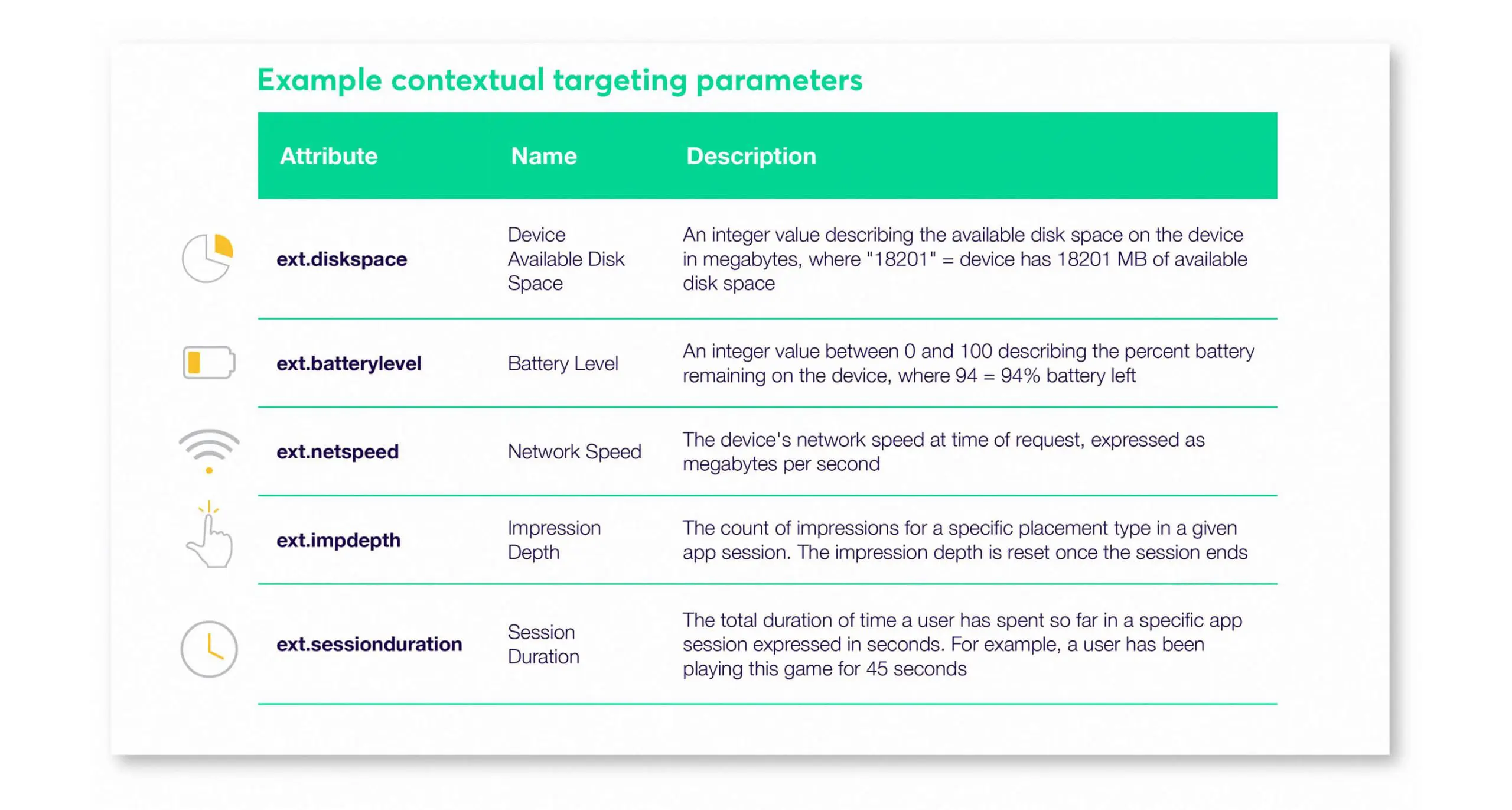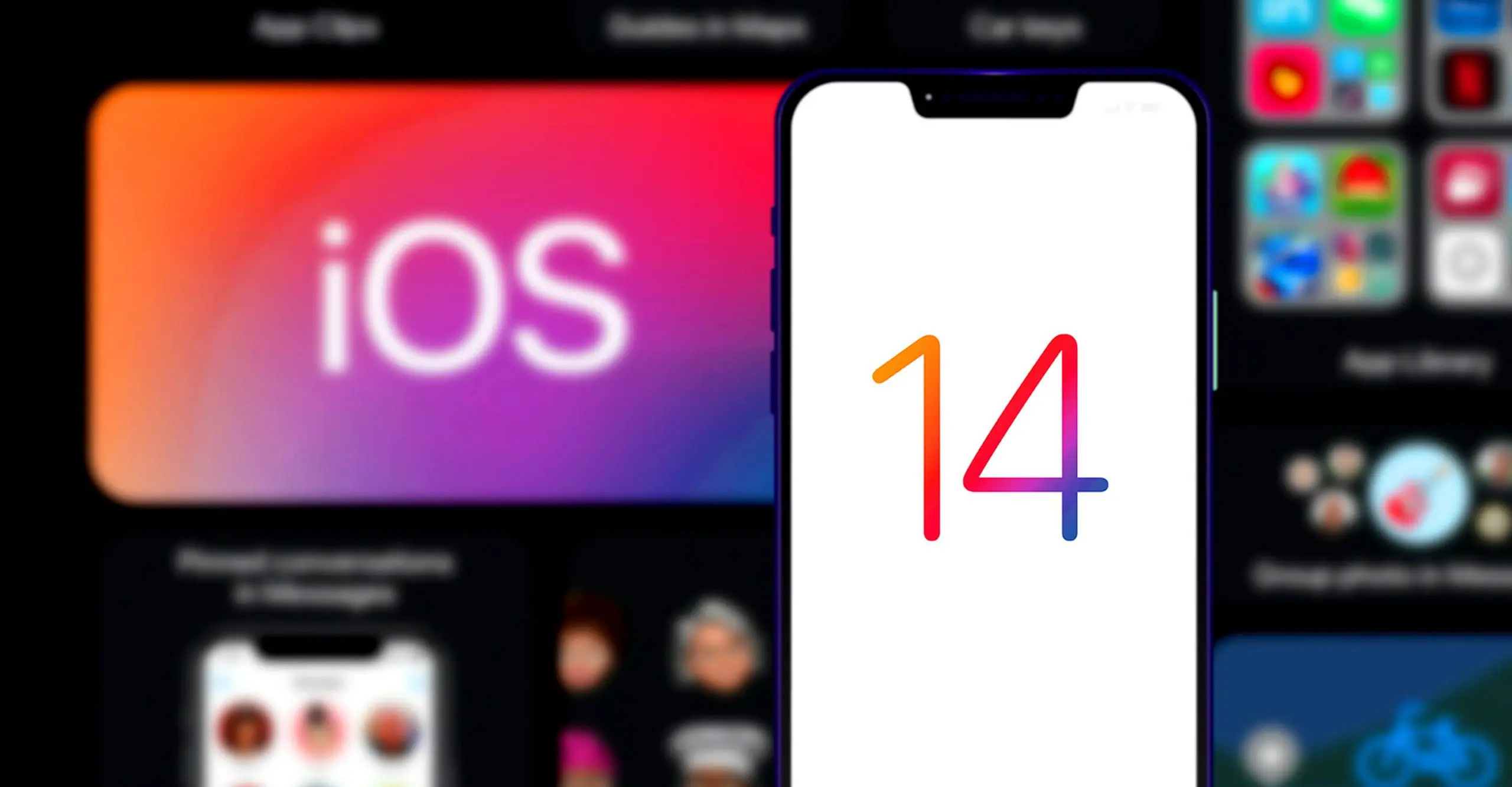The trend towards increased privacy is nothing new. Regulatory measures such as the General Data Protection Regulation (GDPR) and the California Consumer Privacy Act (CPPA), the death of the third party cookie, and Apple’s AppTrackingTransparency (ATT) framework were all signs of things to come.
But what many of us in the mobile marketing ecosystem had not anticipated was the relatively short window of opportunity that we–mobile apps, marketers, and everyone in between–would have to prepare for survival in an IDFA-less world. Since Apple’s June announcement that the IDFA (Identifier for Advertisers) will be opt-in come September, there has been much speculation and much written about what the future holds.
Below is a roundup of a few articles which we at LifeStreet think exhibit the fiber of our industry–constant innovation. It’s important to remember, now more than ever, that innovation is more than just new technology. Innovation is a different way of thinking. The pieces below suggest ways to rethink how we provide value to each other and pose the questions needed to reevaluate our relationship with the end user.
Despite industry experts “optimistically” predicting the availability of IDFA between 10-20%, we predict that there will be disruptive innovation.
Aggregated attribution innovation based on differential privacy
Oren Kaniel, CEO & Co-founder, AppsFlyer
Oren Kaniel, CEO & CO-founder of AppsFlyer, gently reminds us that the release of iOS 14 is not about IDFA deprecation. It is about improving user privacy, which improves user experience. The latter, for many of us, is at the core of what we do.
An IDFA alternative that AppsFlyer has been working on is aggregated attribution. This solution uses probabilistic modeling by applying the principles of differential privacy. In layman’s terms this means that the data that AppsFlyer will share with its customers, partners, and through reporting APIs will be behavioral patterns of a group within a data set. All information about individuals in the dataset will be withheld, giving credence to the notion that attribution and users’ privacy are not mutually exclusive.

Image via AppsFlyer
For a more in-depth explanation of differential privacy, I highly recommend Alison Schiff’s explanation of Why Every Ad Tech Company Must Understand Differential Privacy.
iOS 14 & IDFA changes: What you need to know
Gadi Eliashiv CEO & Co-founder, Singular
John Koetsier, Senior Contributor, Forbes
Almost a year to the date of Apple’s announcement that the IDFA will be opt-in with the launch of iOS 14, Singular’s Gadi Eliashav reimagined–and dare we say predicted–a mobile app ecosystem without IDFAs. Losing the IDFA has been a serious consideration for Singular (which also started the Mobile Attribution Privacy Coalition) and their webinar explains why “attribution is not over and mobile marketing is not dead.”
Mobile measurement in iOS 14: Four possible scenarios
Paul Müller, Co-Founder & CTO, AdJust
Adjusting (no pun intended) to a post-IDFA world undoubtedly affects the entire ecosystem, however, it may impact MMPs (Mobile Measurement Partners) more than the rest. But all is not gloom and doom for Adjust’s Co-Founder & CTO, Paul Müller. He plots out a few possible scenarios for attribution and has a follow-up post prioritizing the steps an advertiser should take to get ready for iOS 14.
Contextual app targeting in the post-IDFA era
Offer Yehudai, President, Fyber
According to Fyber’s President, Offer Yehudai, in-app contextual signals can replace IDFAs and be evaluated for targeting and optimization efficacy. Attention is drawn to the fact that for app-focused contextual targeting to work, it will need to include app-specific parameters in the bid request to DSPs. App session behavioral signals, device status signals, and game framework are among the contextual targeting parameters needed for DSPs to accurately analyze in-app context and drive ROAS.

Image via Fyber
Apple killed the IDFA: A comprehensive guide to the future of mobile marketing
Eric Seufert, Mobile Dev Memo
This summary of IDFA-related changes is also an assessment of how its elimination may impact different components of the ad ecosystem. Organized by topic, Eric Seufert considers, among other scenarios, the lack of user-level ad attribution on MMPs, the absence of advertising identifiers on mobile retargeting DSPs, and how managed DSPs can remain relevant without device graphs.
IDFA Apocalypse: What We Know (And Don’t)
Ari Paparo, CEO, Beeswax
Written for less technical readers, Ari Paparo, CEO of Beeswax, lays out a comprehensive summary of what we can tactically and strategically respond to based on the policy decisions Apple has shared thus far. The takeaway? Know what you don’t know, prepare, and wait for September.
